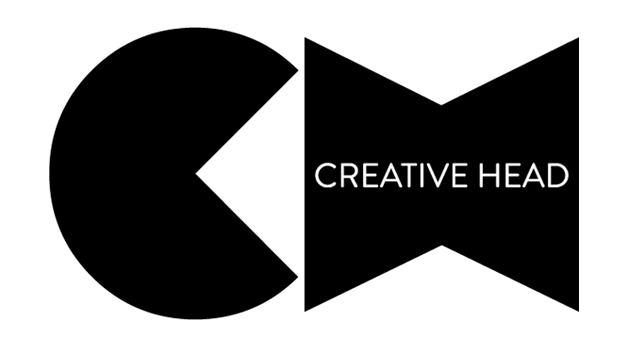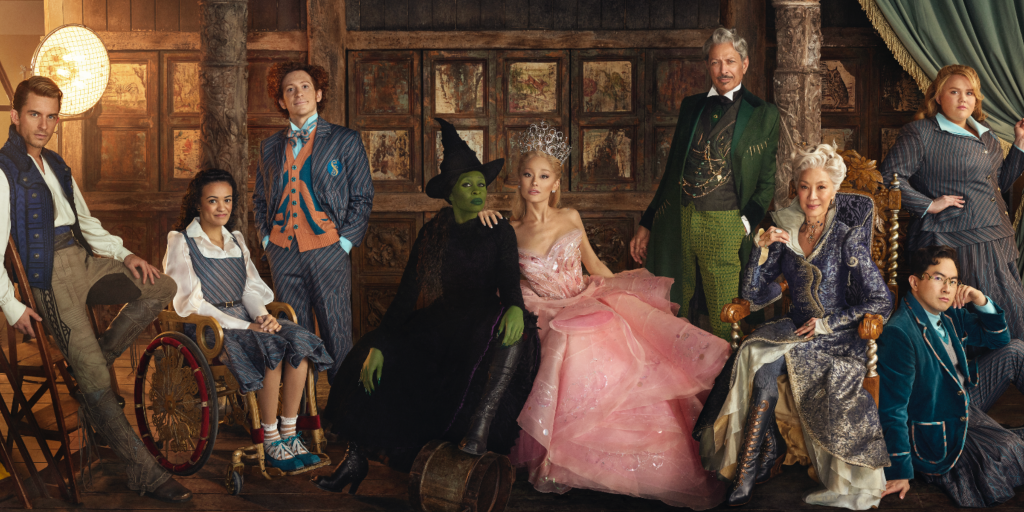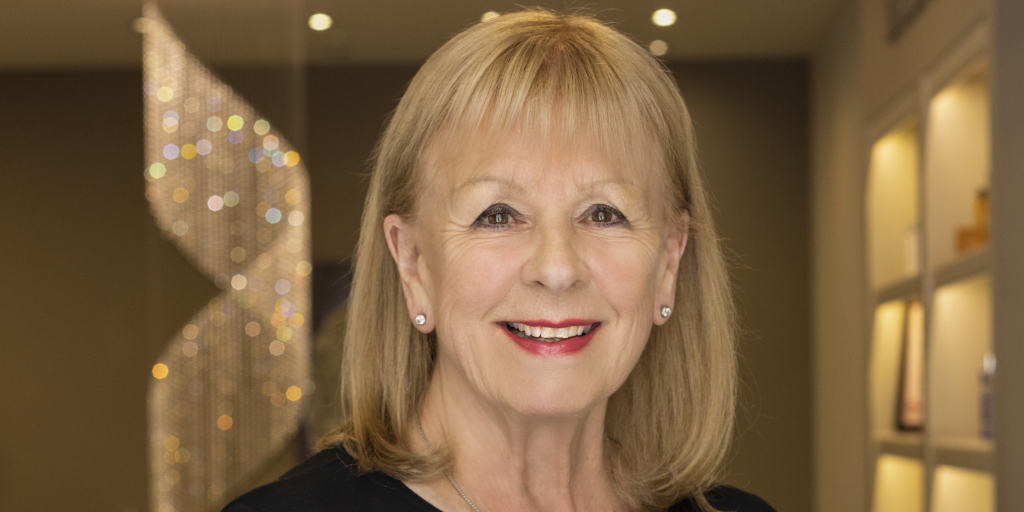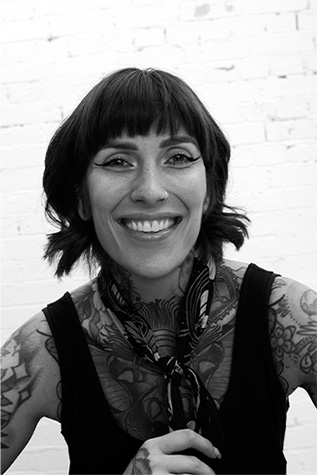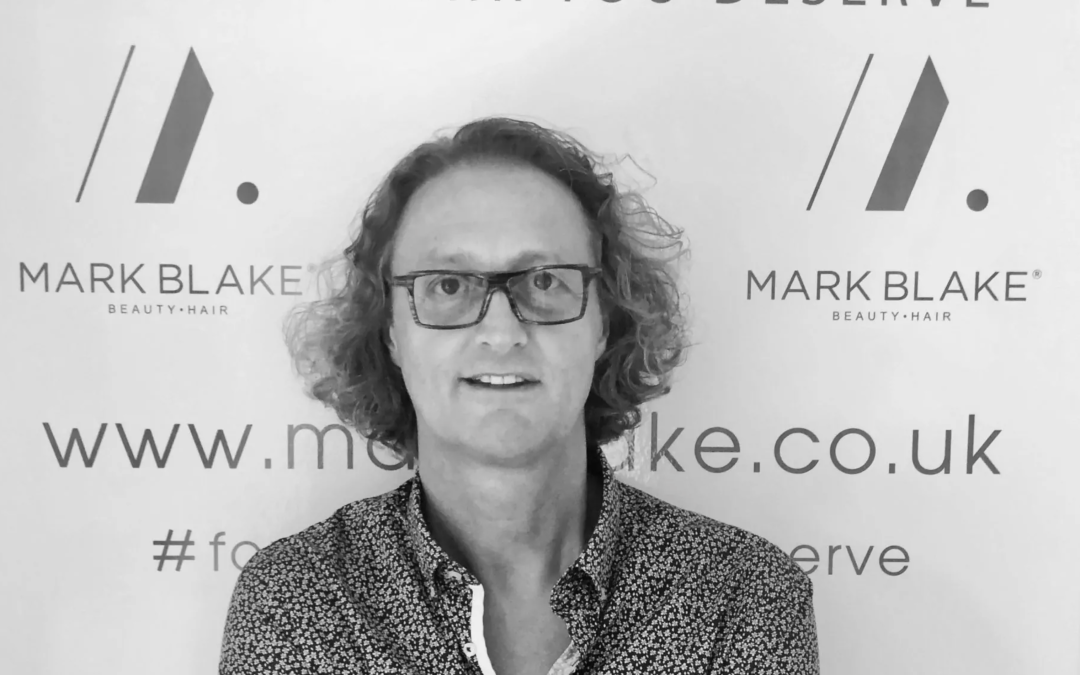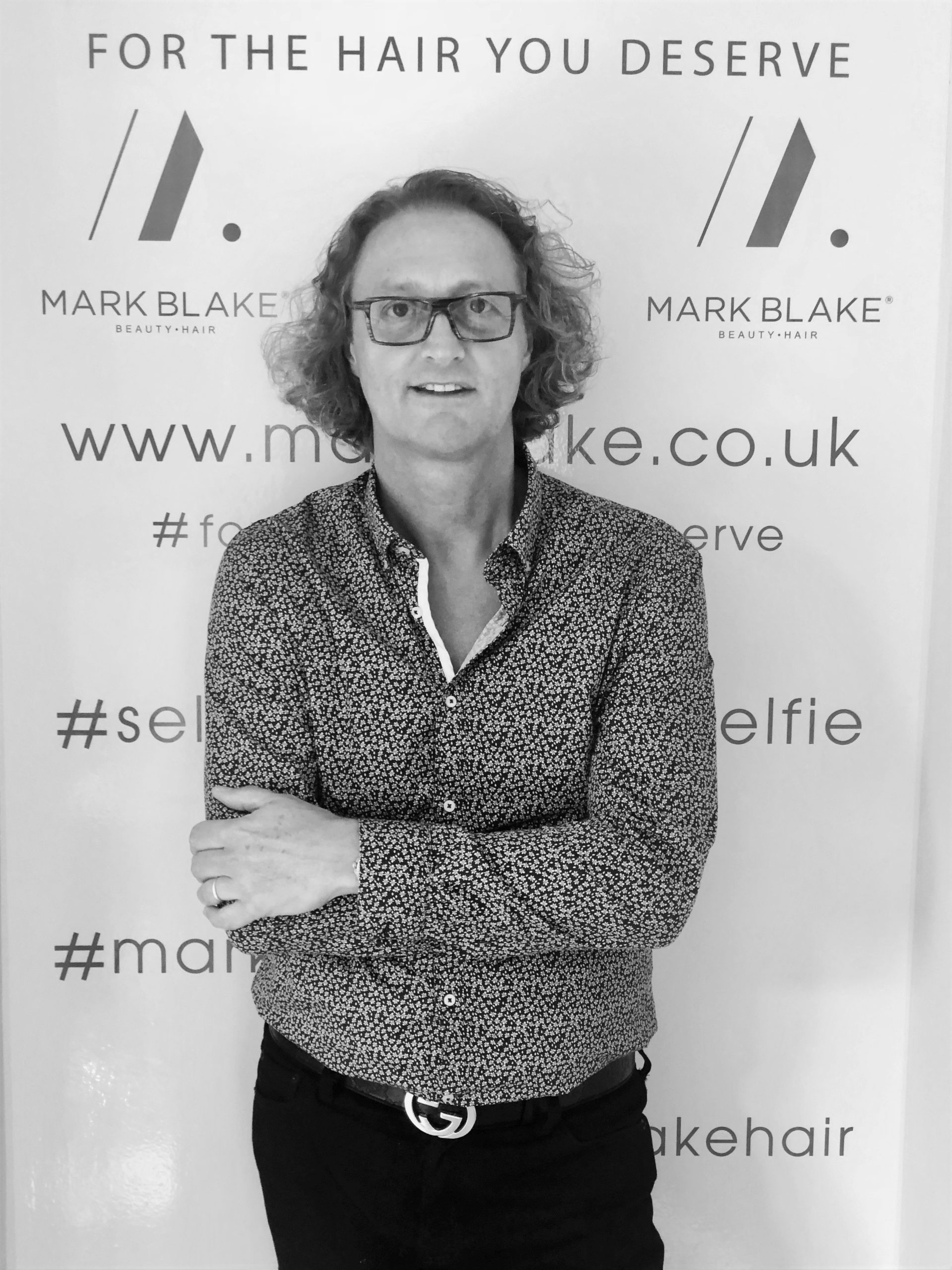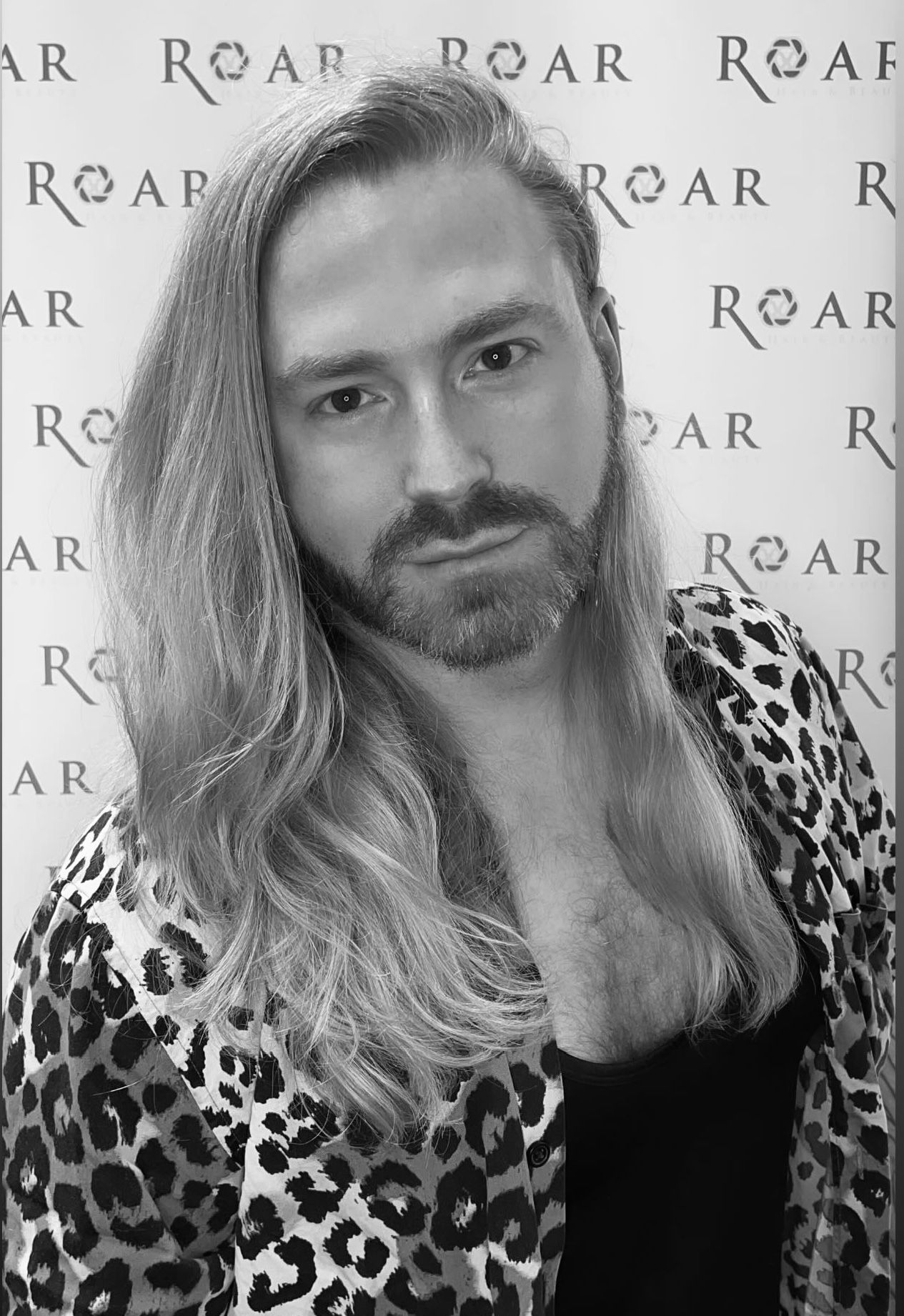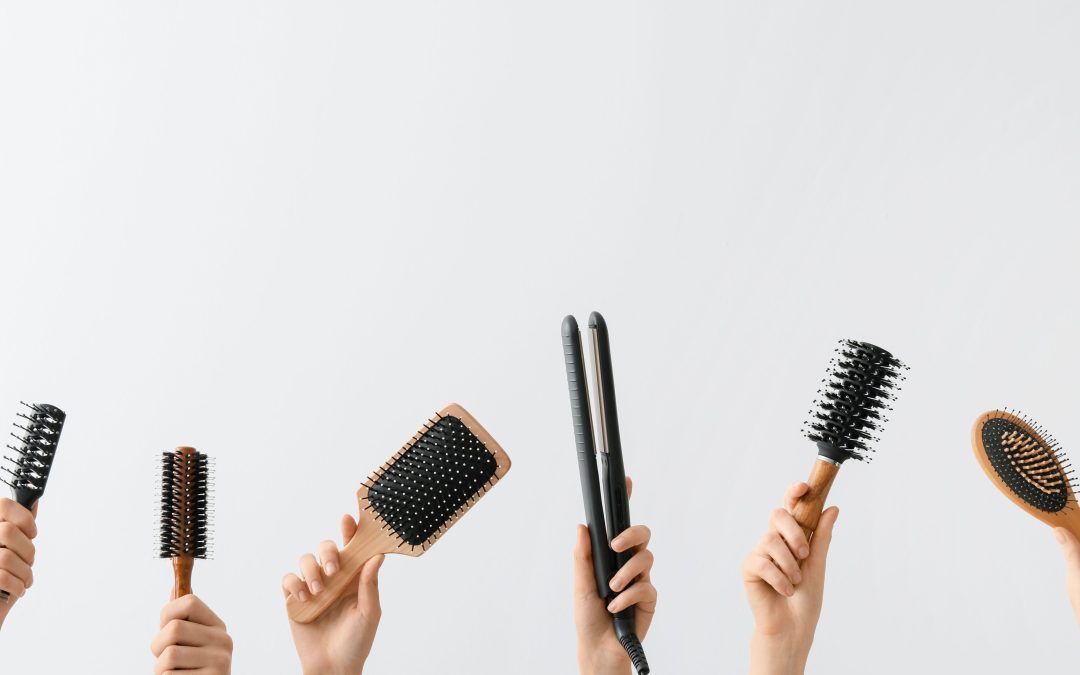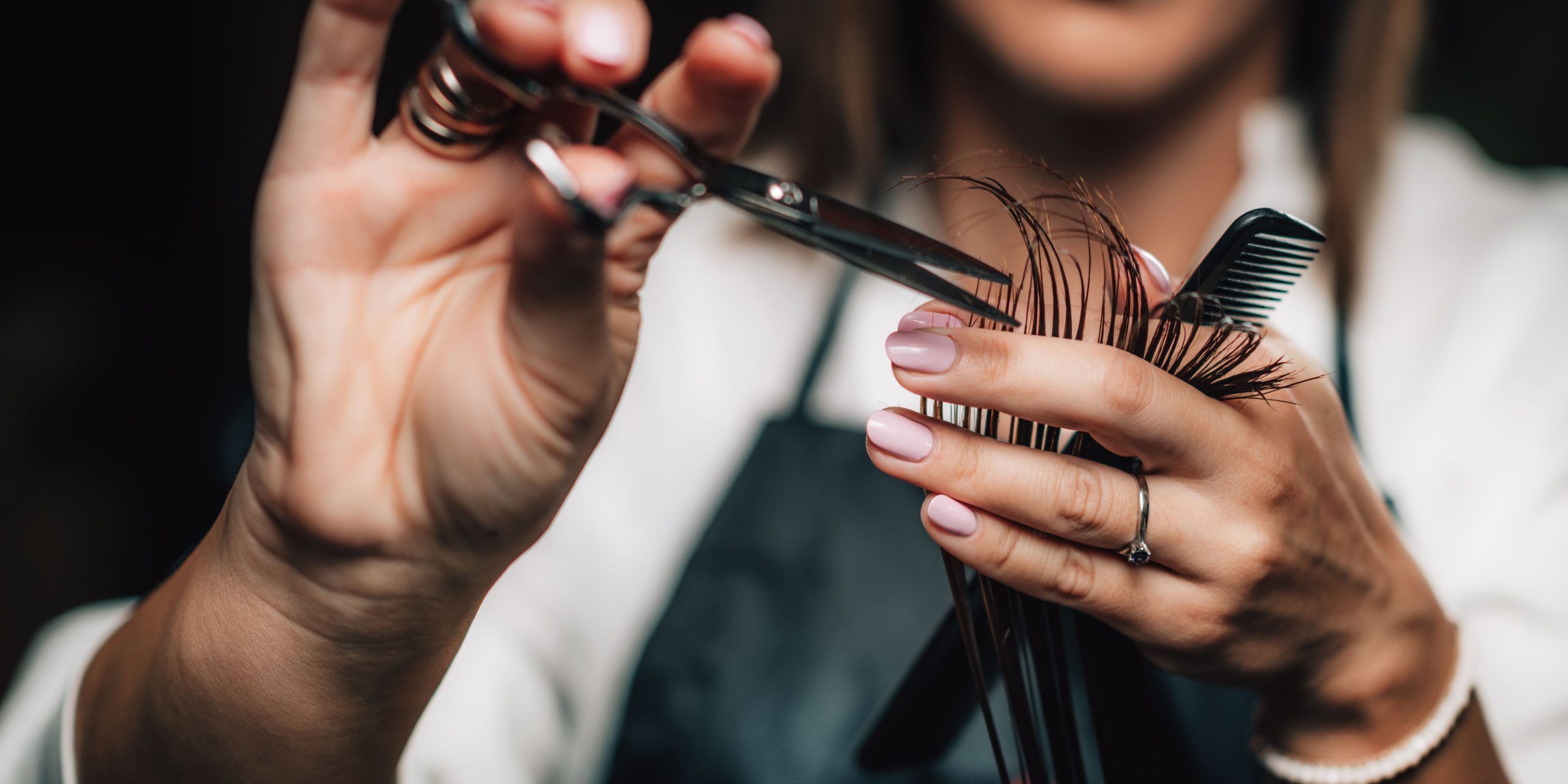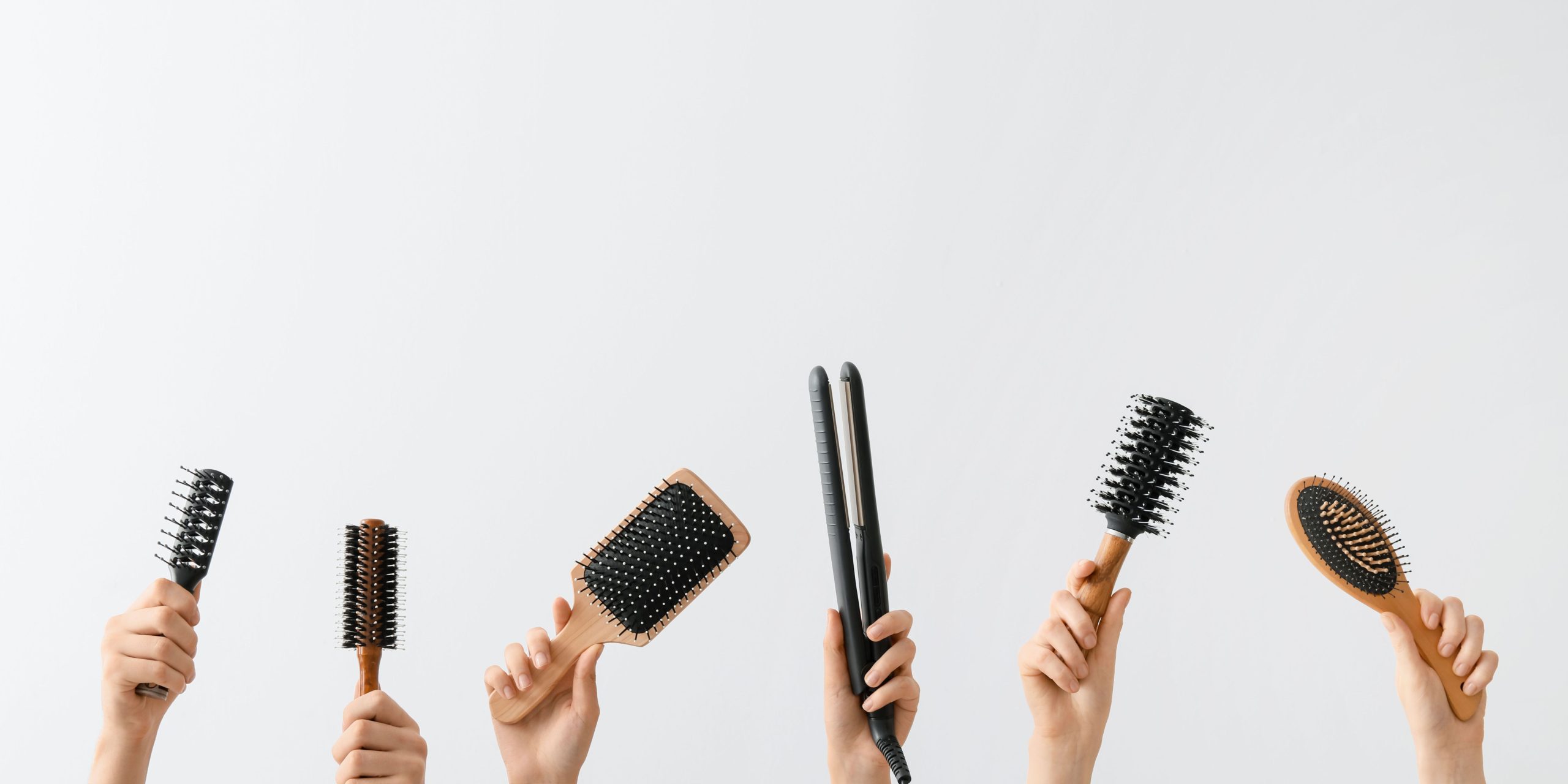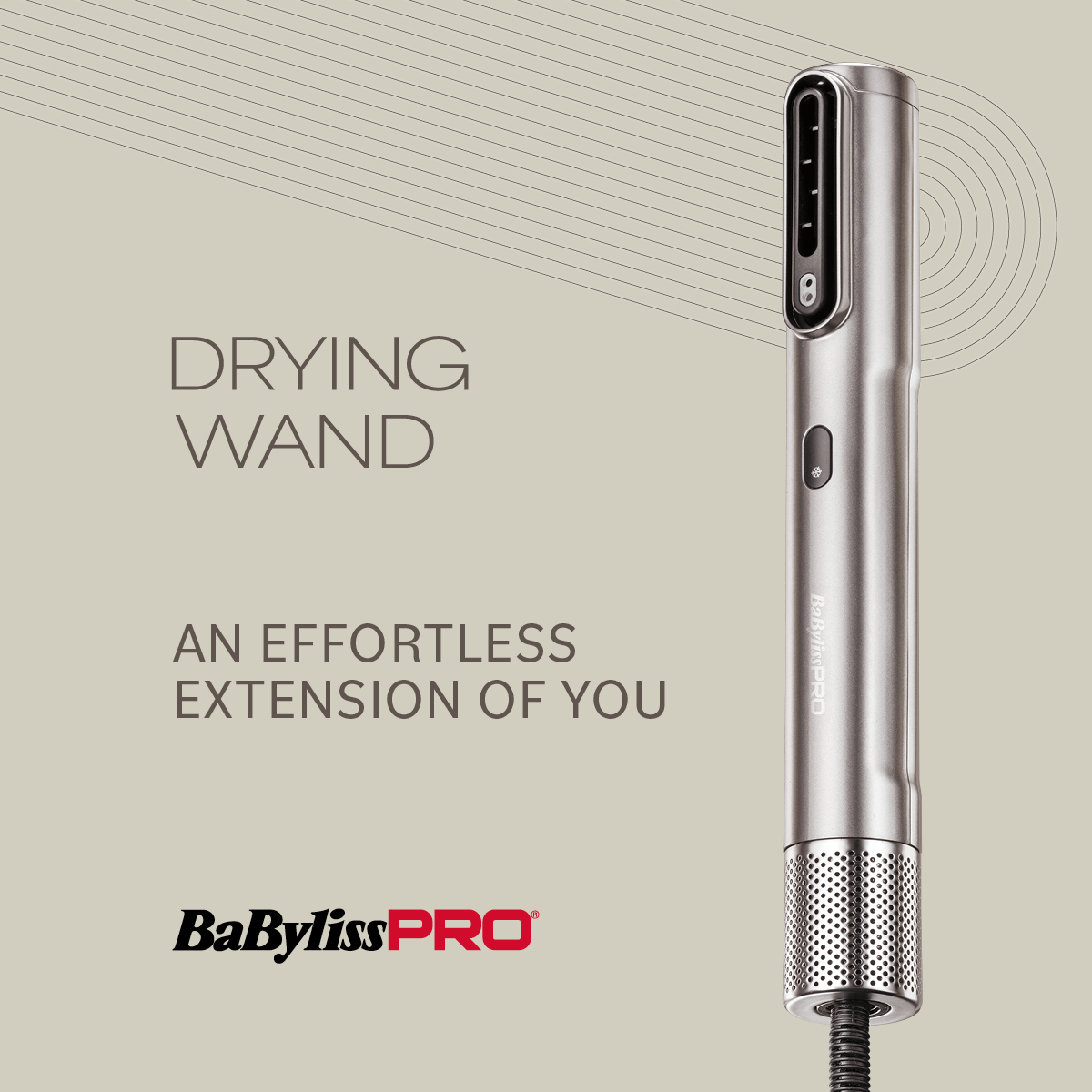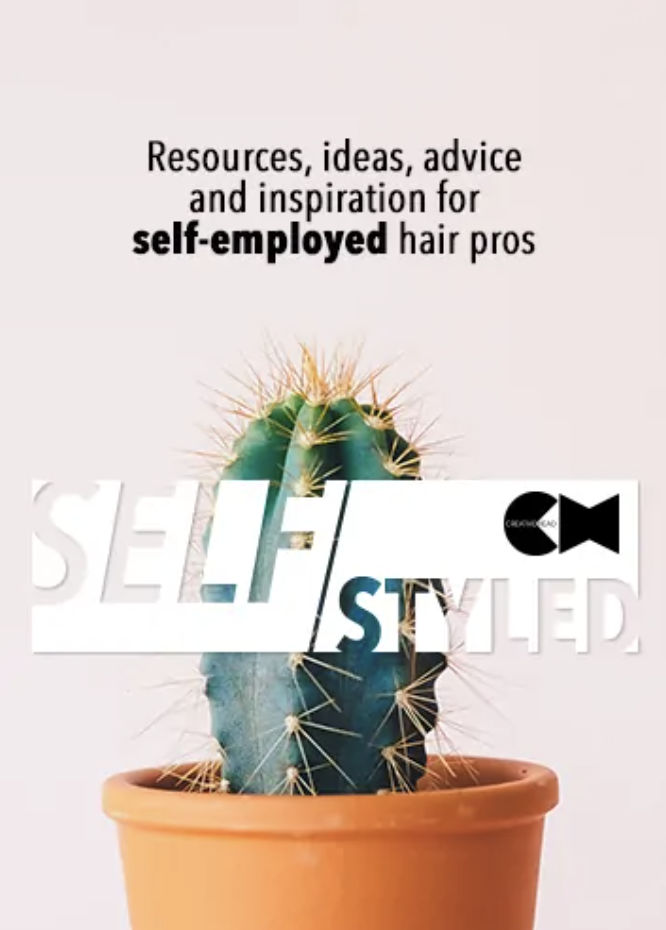
Tom Smith Shares The Styles That Are Set To Define Autumn 2024
Tom Smith Shares The Styles That Are Set To Define Autumn 2024
Internationally renowned stylist highlights practicality and warmth at the forefront of the season
by Caitlyn | Documents
As we transition into autumn 2024, hair trends are focusing on blending cosiness, elegance, and practicality. According to Tom Smith, a renowned hair expert, this season’s haircuts are all about maintaining health and authenticity while embracing styles that transition seamlessly into cooler months. According to Tom, this season emphasises “health and wealth signalling,” with longer styles taking centre stage. Whether your clients are seeking a subtle update or a more defined, structured look, this season’s trends offer versatility and personalisation.
“There’s a cosiness in the shapes we’re seeing this autumn,” says Tom, who explains that this season’s looks will favour longer, healthier hair and more manageable styles.
Autumn brings a shift towards longer hairstyles and more practical, yet fashion-forward looks. According to Tom, there’s a “real lack of very short hair” in the current trends. Instead, we’re seeing an emphasis on maintaining healthy hair at various lengths, whether chin-length bobs or waist-length locks. He notes, thanks to innovations in haircare products, many have welcomed the choice to wear their hair longer to signal “health and wealth.”

Sabrina Carpenter styled by Laurie Heaps (@_hairbylaurie)
One style making a significant return is curtain bangs, offering a voluminous, face-framing look that brings softness and warmth. Although we won’t be leaving it behind, Tom highlights the appeal of this style in the cooler months, noting that it “brings cosiness in” and pairs beautifully with layered outerwear. “There’s a practicality element here,” he says, pointing out that curtain bangs can be refreshed without washing the entire head of hair, making it a low-maintenance yet stylish choice.

Sanaa Lathan styled by Kim Kimble (@kimblehaircare)
The tiara bun, a high bun placed at the crown of the head is making its way forward this season. Tom tells us that this strikes a balance between “practical sportiness” and a “regal element,” providing both elegance and lift for someone seeking a polished look. “A high bun like this does wonderful things to the cheekbone, lifts the face, and makes people feel taller and hold their posture higher,” he adds. This style’s versatility allows it to be worn sleek or with texture, depending on the client’s preference.

Serena Williams styled by Angela Meadows (@angelameadowssalon)
For clients who want to embrace their natural texture, cloud curls offer a soft, ethereal look. These airy waves or curls create a youthful and carefree energy that transitions well from summer into the cooler months. “Cloud curls is very much that kind of theme,” Tom explains, emphasising that the relaxed, textured waves bring a touch of summer’s warmth into autumn. This style works especially well when combined with deeper, richer autumn tones.

Alexa Demie styled by Igor Rosales- Jackson (@hairbyiggy)
Shorter cuts are also having a moment with styles like the tucked bob and laser cut bob. The tucked bob is a sleek and minimalist style that is both practical and stylish. By tucking the hair neatly behind the ears, this bob creates a polished look that works for all hair types and face shapes. Tom mentions that this style is perfect for the cooler months, as it offers a “more serious, groomed sharpness” after the casual looks of summer. The tucked bob is ideal for clients who want a clean, sophisticated look that requires minimal effort while still maintaining a refined edge.

Lily Collins styled by Jacob Schwartz (@jacobschwartzhair) and Gregory Russell (@gregoryrussellhair)
For clients seeking precision and structure, the laser-cut bob is the perfect choice. This sharp, one-length bob provides a bold and modern aesthetic, ideal for those who appreciate clean lines and attention to detail. As Tom describes it, this is the “tailoring of the haircuts” for autumn 2024, offering a sharp, defined look that pairs well with more tailored, structured fashion. The laser-cut bob works best for clients with fine hair, as the precise cut adds thickness and density to the hair, making it appear fuller and more structured.
For salon owners and stylists, autumn 2024 is the perfect time to refresh your service menu with these cosy yet chic styles. Clients are looking for cuts and styles that blend ease and sophistication, making it essential to focus on not only being fashionable but practical for the season. As Tom emphasises, this season is less about dramatic transformations and more about helping clients evolve their look naturally, promoting hair health and confidence. By staying on top of these trends and aligning with client preferences, salons can position themselves as ahead-of-the-curve in creating chic autumn styles that are both trendy and practical for the cooler months ahead.
